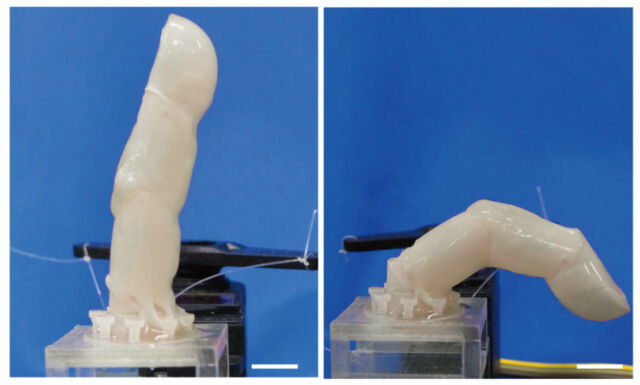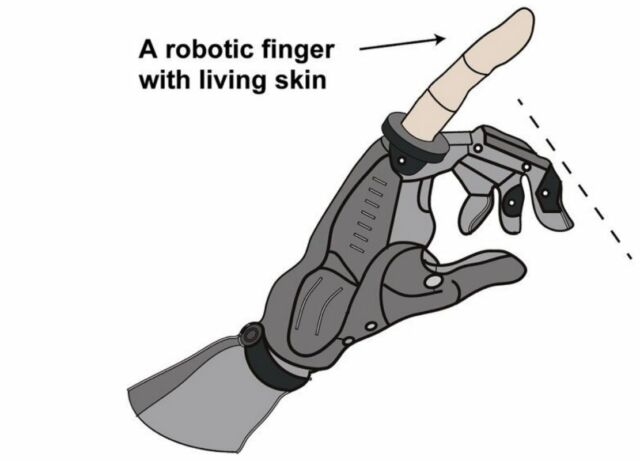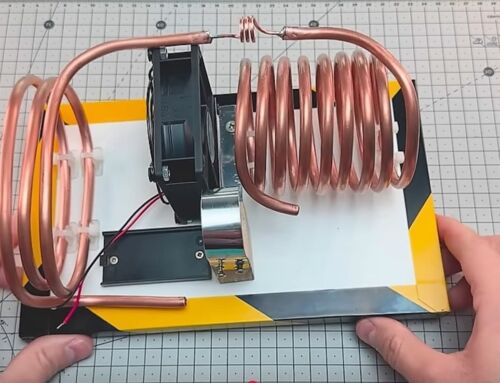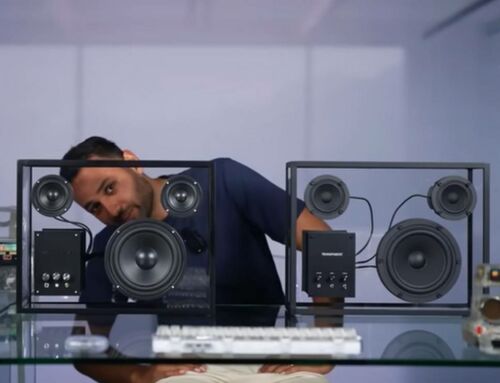Scientists have adopted a bio-hybrid approach to create parts of robots covered with tissue-engineered skin.
Researchers from the University of Tokyo pool knowledge of robotics and tissue culturing to create a controllable robotic finger covered with living skin tissue.
Their Living skin coverage, results in a human-like appearance with also self-healing functions.
This initiate a potential shift from traditional robots to a new scheme of biohybrid robotics.
The robotic digit has living cells and supporting organic material grown on top of it for ideal shaping and strength. As the skin is soft and can even heal itself, the finger could be useful in applications that require a gentle touch but also robustness. The team aims to add other kinds of cells into future iterations, giving devices the ability to sense as we do.
Professor Shoji Takeuchi is a pioneer in the field of biohybrid robots, the intersection of robotics and bioengineering. Together with researchers from around the University of Tokyo, he explores things such as artificial muscles, synthetic odor receptors, lab-grown meat, and more. His most recent creation is both inspired by and aims to aid medical research on skin damage such as deep wounds and burns, as well as help advance manufacturing.
“We have created a working robotic finger that articulates just as ours does, and is covered by a kind of artificial skin that can heal itself,” said Takeuchi. “Our skin model is a complex three-dimensional matrix that is grown in situ on the finger itself. It is not grown separately then cut to size and adhered to the device; our method provides a more complete covering and is more strongly anchored too.”
source University of Tokyo







Leave A Comment